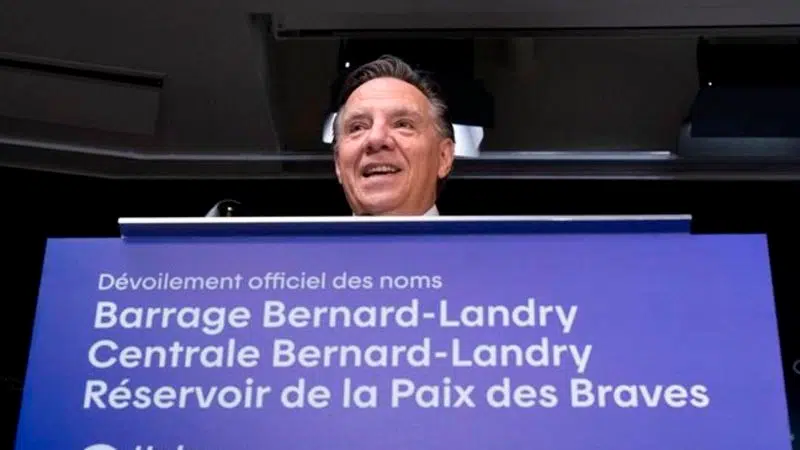
Quebec renames hydroelectric installations after late premier, Bernard Landry
MONTREAL — A hydroelectric project in far northern Quebec has been renamed after a former premier described Monday as courageous, visionary and compassionate, and whose personal relationship with Indigenous leaders made the venture possible.
Located deep in Cree territory about 1,000 kilometres north of Montreal, the Eastmain-1 dam and the Eastmain-1-A power plant are being renamed in memory of Bernard Landry, Quebec Premier Francois Legault said at a naming ceremony.
The large water basin behind the dam will now be called the Peace of the Braves reservoir, after the historic 2002 economic development agreement between Quebec and the Cree that ended years of conflict.
Landry, who was premier between 2001-2003 and died last year, “was admired by the Cree nation for his courage, compassion and vision,” Grand Chief Able Bosum told reporters and other guests at the ceremony in Montreal.
